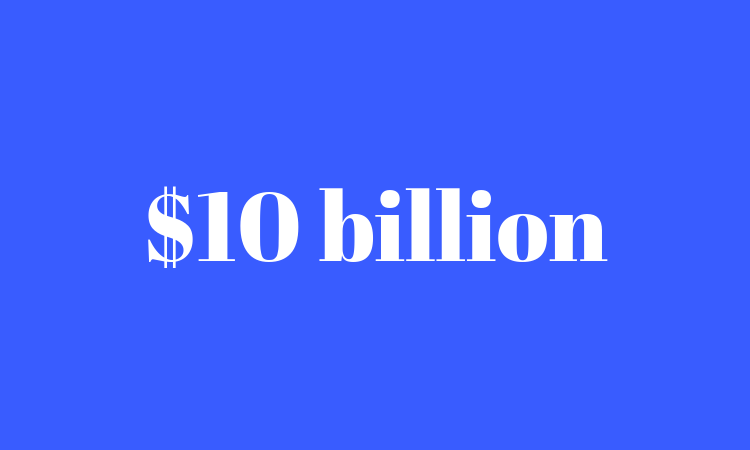Online Lenders
‘We call it Dream Fuel’: Behind the growth of PayPal’s SMB lending business
- PayPal is scaling its SMB lending business and its program recently surpassed $10 billion.
- svp of credit Darrell Esch joins the podcast to talk about where the business is headed.










